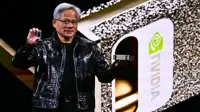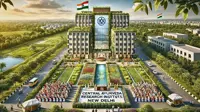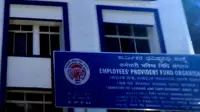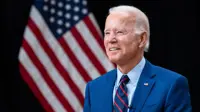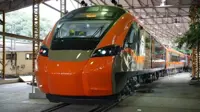India’s metro rail network is now world’s third largest, and growing
06 Jan 2025
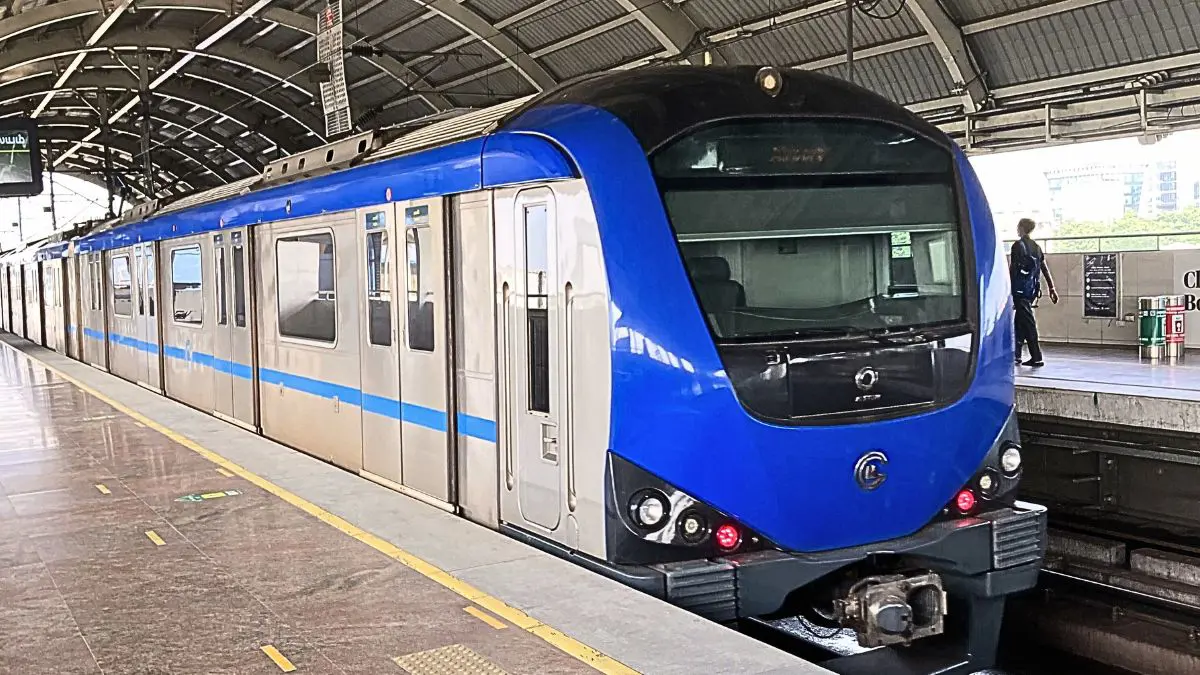
India’s metro rail system has grown to a 1,000 km network covering 23 cities across 11 states, emerging as the third-largest metro system in the world.
The metro rail system that is transforming urban lifestyles, now caters to 10 million people for quick, easy and affordable travel.
Prime Minister Narendra Modi said the Metro expansion in the last decade has boosted connectivity and strengthened urban transport, thereby enhancing `Ease of Living’.
Modi was inaugurating the rapid transport connectivity between Delhi and Meerut on Sunday. The 13 km stretch of the Delhi-Ghaziabad-Meerut Namo Bharat corridor will greatly ease travel between Delhi and Meerut.
Modi launched a 2.8 km stretch of Delhi Metro Phase-IV, to improve connectivity to West Delhi and laid the foundation for the 26.5 km Rithala-Kundli section, boosting connectivity between Delhi and Haryana.
In 2022, India overtook Japan in Metro rail network and is on track to become the second-largest in the world.
Much of the incremental Metro network was added over the decade beginning 2014, when the Narendra Modi government first assumed power at the centre.
India opened its first metro line with a 3.4 km track between Esplanade and Bhowanipur in Kolkata in 1984, although the proposal for a Metropolitan Transport Project was made way back in 1969.
And, in 1995, the Delhi Metro Rail Corporation (DMRC) was established as a joint project of the centre and the Delhi administration. DMRC opened its first metro rail corridor between Shahdara and Tis Hazari in 2002, setting the stage for a revolution in urban rapid transport across the country.
Since then, the metro network expanded to cover 17 cities, including Bengaluru, Chenni, Pune, Nagpur, Kochi etc. Bengaluru’s Namma Metro that opened in 2011 and Chenai’s Green Line in 2017, have set new milestones in urban transportation.
And, in 2020 the first phase of Kochi Metro was commissioned.
The Metro rail system has since adapted innovative solutions like driverless trains and water metros, making it more futuristic.

.webp)
